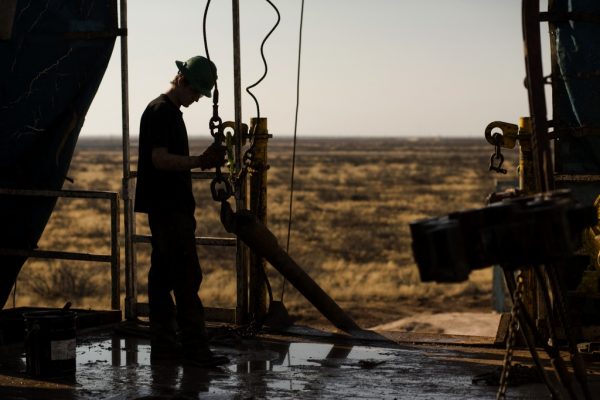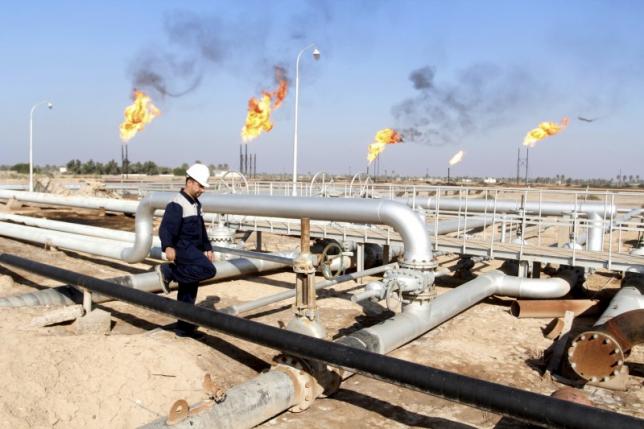Oil glut seen extending into 2017 on weaker demand
(Toronto Star) The much-anticipated rebalancing of oil markets appears to be a bit further away after the International Energy Agency revised its forecast, trimming its expectations for the growth in oil demand and citing near-record production by OPEC’s Middle East exporters.
The IEA said Tuesday that global oil demand is rising at a slower pace than expected, lowering its forecast by 100,000 barrels a day to an increase of 1.3 million barrels a day in 2016 and 1.2 million barrels a day in 2017.



